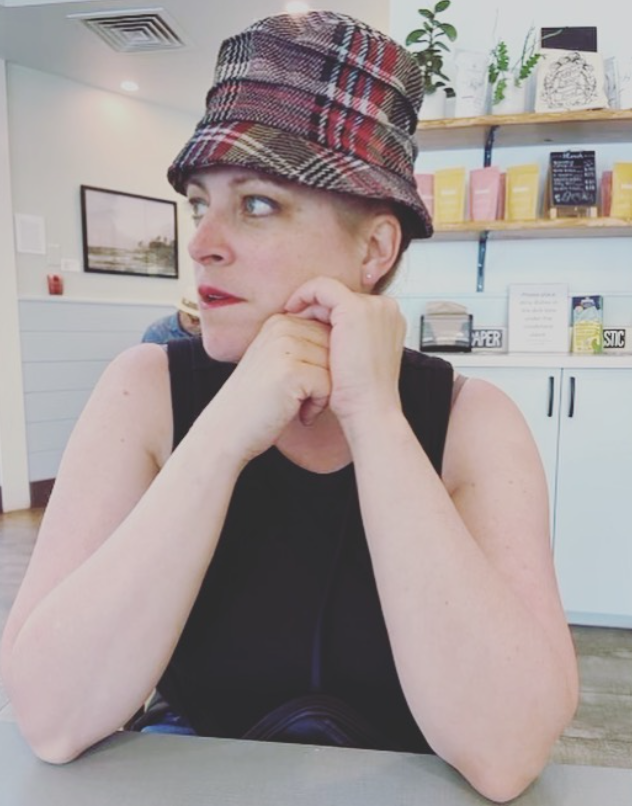Teaching Inferring? Use Cartoons!

Teachers ask me every year for tips on teaching inferring.
My favorite materials for teaching inferring are riddles, cartoons and comics.
Here is an example of using a cartoon.
INFERRING – DEFINED
First, what is inferring?
I like to think of inferring or making an inference as the final understanding of what you come up with after using:
- prior knowledge
- making connections
- asking questions
to understand words or images that are not giving the reader a direct answer or explanation.
For example, here is a wordless cartoon I found on twitter.
There are no words to explain it, so what makes it funny?
As a reader of this cartoon, I need to figure out what makes it funny by using prior knowledge, making connections and asking questions.
What follows is my thinking…the same I would model in front of my students.
Well, I see that there is a tin man, a girl, a lion and a scarecrow sitting on a bench eating ice cream. (what I see)
I know that this is likely a reference to the Wizard of Oz. These are the characters in the movie and the book. (what I know from prior knowledge – connection to the book and film)
But ice cream…why does everyone seem to hate it except the scarecrow? (a question)
Wait!
They are finding that eating the ice cream is painful because of brain-freeze! I’ve had brain-freeze before. (what I know from prior knowledge – connection to my life)
Oh I get it, the scarecrow does not have a brain!!!!! (what I know from prior knowledge – connection to the book and film)
So…the scarecrow cannot have brain freeze without a having a brain (final inference)
Wasn’t that fun?
I thought so.
So if you are working on the reading strategy of inferring, use cartoons!
Talk it through out loud in front of your students like I just did.
NEXT STEP
Depending on the age of the students, the next step could be:
Students work in pairs or groups to talk through their own cartoon. Glue the cartoon on a piece of paper and have the students make their connections or ask questions by writing around the cartoon.
Tell them “I want to see your thinking.” (Their writing. Also listen in to their conversations, step in if they are stuck.)
Also tell them, I am interested in your final inference, but I will be asking you to “talk about your thinking” that led to your final inference.
MATERIALS to USE
Here is a link to some cartoons. (A fun article with several examples – choose an appropriate one for your grade level.)
Here is a link to a go comics (So many…choices!)
GRADE LEVEL APPROPRIATE
Grades 3 and up – Inferring first comes up in the Alberta Education program of studies at the grade three level.
Until Next Time,
Love
Coach Clark



